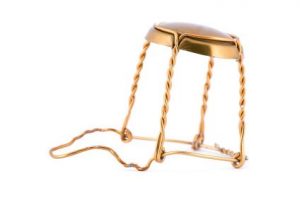
Have you ever noticed the small wire cage that fits over the cork of a sparkling wine bottle? Most of us peel back the shiny foil from the bottle with such anticipation you don’t even stop to admire this wire muzzle before popping the cork and indulging in the bubbles within.
However, this steel cage and metallic cap securing cork have a long innovative 180-year history, dating back to the 1840s.
Before the invention of the muselet, 19th-century winemakers would maintain the pressure of the sparkling wine with wooden plugs sealed with an oiled-cloth and wax. This method was proved inconsistent due to leaking or the pressure from the carbonation blowing out the plug. The invention of a more secure method was designed by French inventor Adolphe Jacquesson, who dedicated his life to champagne and the wine industry.
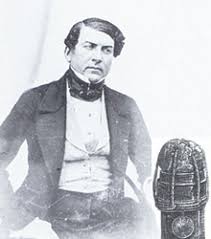
Adolphe was born into the Jacquesson and Fils Champagne Production House, first established by his father Memmie in 1798. The fame of the house grew following the rumour it was a favourite of Napoleons’ who presented the family with a gold medal for its fine cellars and by 1867, sales erupted to an enormous 1,000,000 annually. With a passion for Champagne in his bloodline, Adolphe invented the first Muselet in 1844, producing a small wire muzzle and stopping plug to prevent the cork from emerging under the pressure of the carbonated contents. Early muselets were not easily installed and proved somewhat inconvenient to open, yet in years to come, further developments let to the modern muselet which was made of wire twisted to add strength. This design, much like the muselets you see today, consists of a wire loop that releases the pressure and gives access to the cork when twisted 6 half-turns anticlockwise.
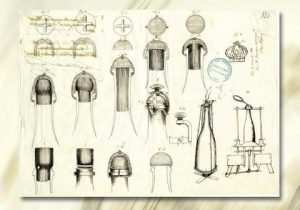
Muselets are now machine made in the millions, with some consisting of a personalised cap or plate used as a marketing tool among some businesses. The caps may display emblems or names of the manufacturers and have resulted in unique hobby with some caps becoming sought after and valuable among collectors. The hobby of collecting the ‘muselet plates’ is called placomusophilia, and hobbyists display these caps by creating wall art, thumbtacks, albums and various items of jewellery.
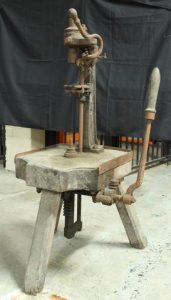

The use of the muselet at the Seppelt Great Western property was introduced by owner Hans Irvine in the 1890s. Irvine commissioned a French-trained winemaker by the name of Charles Pierlot to create an Australian ‘Champagne’, the first of its kind outside of France. Irvine imported machinery to accommodate Pierlot in his efforts to produce the sparkling wine which are still housed in Great Western to this day.
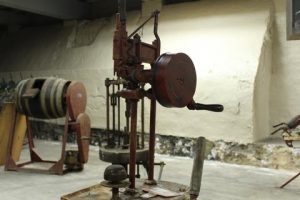
These images are muselet or agraffe applicators. The muselet is pressed onto the cork and then tightened either by hand or machine. You can view these machine in the Seppelt Museum at the Great Western cellar door.
Lorem Ipsum has been the industry’s standard dummy text ever since the 1500s, when an unknown printer took a galley of type and scrambled it to make a type specimen book. It has survived not only five centuries, but also the leap into electronic typesetting, remaining essentially unchanged.
Great Western Enterprises work on the magnificent Gariwerd landscape of the Wotjobaluk, Jaadwa, Jadawadjali, Wergaia and Jupagulk people, the traditional custodians. We respect their land and their cultures and we pay our respects to their Elders, past, present and all Aboriginal Elders of other communities who may be here today.
Liquor Licence Number 32800105.
LIQUOR ACT 1982 It is an offence to sell or supply to or to obtain liquor on behalf of a person under age of 18 years. Seppelt Wines encourages a responsible attitude to the consumption of alcohol.
© Great Western Enterprises Pty Ltd 2023
Let’s book your next amazing experience at Seppelt Great Western.